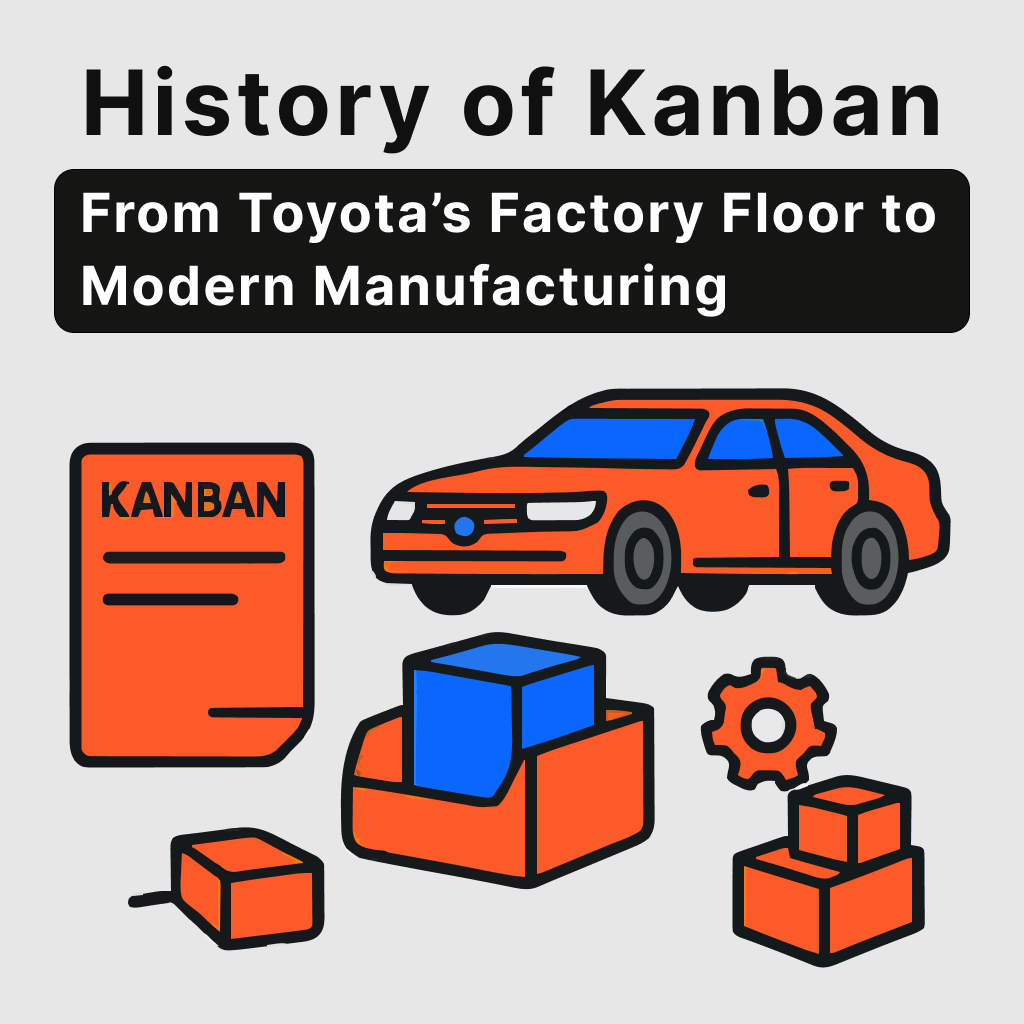Building Your Kamishibai System: A 5-Step Guide
Creating your first kamishibai board is easier than you might think. Follow these five steps to build a system that works brilliantly for your team.
Step 1: Identify Your Critical-to-Quality Processes
First, ask your team: "What processes must go right every time to ensure safety, quality, and efficiency?"
Focus on the vital few rather than trying to audit everything at once. Successful implementations target high-risk or frequently changing processes. Look for areas where small deviations can cause significant downstream impacts, such as:
- Safety protocols
- Quality checkpoints
- Equipment maintenance standards
- 5S and workplace organization
Aim to identify 3-5 critical checks to start. This focused approach builds confidence before you expand.
Step 2: Design Your Kamishibai Cards
Well-designed cards provide clear, objective guidance. Each card should be two-sided:
- The Front (Green): Clearly state the standard to be met. Keep it simple and positive (e.g., "5S Station Complete and Organized").
- The Back (Red): List 3-5 specific, objective yes/no questions. For example: "Is the 5S station fully stocked?" or "Are safety guards on Machine #3 in place and functional?"
Make your questions specific enough to eliminate ambiguity but simple enough for any trained team member to use.
Step 3: Create and Place Your Board
Position your kamishibai board in a high-traffic area near the processes being audited. This follows the principle of managing at the gemba, the real place where work happens.
Organize the board with clear sections for days of the week, process areas, or audit frequencies. The goal is immediate visual clarity that anyone can interpret in seconds. This placement also supports effective leader standard work and gemba walks.
Step 4: Establish the Audit Routine
Success depends on creating sustainable audit rhythms. Assign specific team members or leaders to pull designated cards at scheduled times, go to the process area, and perform the checks.
Schedule audits based on process criticality. High-risk processes may need daily checks, while stable ones may only require weekly audits. Train auditors to approach each check with a coaching mindset, looking for opportunities to support the team.
Step 5: Master the Follow-Up
The follow-up process is what makes the system transformative. Establish clear protocols for what happens after every audit.
- If all checks pass: The card returns to the board with the green side showing. This positive reinforcement acknowledges good work.
- If an issue is found: The card returns with the red side showing. This red card must trigger immediate problem-solving. The auditor and the team should work together to understand the root cause and implement corrective actions.
Most importantly, use red cards as coaching opportunities, not blame sessions. This creates an environment where people feel comfortable surfacing issues.
Best Practices for an Outstanding Kamishibai Implementation
To turn your board from a simple tool into a catalyst for continuous improvement, follow these key principles.
Involve Your Team from Day One
The most successful kamishibai systems are built with the team, not imposed on them. Your frontline experts know the processes best. Engage them in identifying what to audit and how to word the questions. When people help create the system, they become advocates for its success.
Focus on Coaching, Not Blaming
How leaders respond to red cards determines the system's success. Train leaders to view red cards as process problems, not people problems. Approach issues with curiosity by asking, "What made this difficult?" instead of "Why didn't you follow the standard?" This transforms audits into collaborative problem-solving sessions.
Keep it Dynamic and Evolving
Your kamishibai board should evolve as your processes mature. Regularly review your cards to ensure they still focus on the most critical areas. As standards become embedded in your culture, consider retiring those cards and introducing new ones that address emerging opportunities.
Integrate with Standard Work
For maximum impact, seamlessly integrate kamishibai audits into existing leader standard work and gemba walks. This ensures audits happen consistently and reinforces their importance as part of daily management, not an optional activity.
Ready to Roll Out a Kamishibai Board In Your Facility?
The kamishibai board is more than a checklist; it's a powerful visual system for building accountability, standardizing work, and creating daily habits of improvement. With proven results like more than 40% improvement in audit completion rates, this lean tool delivers measurable value.
Key takeaways:
- It makes process health instantly visible.
- It empowers teams through shared accountability.
- It turns audits into coaching opportunities.
- It builds a strong foundation for continuous improvement.
You now have the framework to bring incredible clarity to your team's work. The journey to operational excellence is built one simple check at a time, and your kamishibai board is the perfect place to start.
%201.svg)








.svg)














.svg)
.svg)

.svg)